You are using an out of date browser. It may not display this or other websites correctly.
You should upgrade or use an alternative browser.
You should upgrade or use an alternative browser.
Ground Based Interceptor (GBI)
- Thread starter RyanC
- Start date
- Joined
- 3 June 2011
- Messages
- 18,335
- Reaction score
- 12,232
I'm sure the collapse of the USSR had nothing to do with it.From >15000 Soviet/Russian warheads pointed at the US to ~1500 today (which could have been lower, but for the demise of the ABM Treaty). Not too shabby.
It didn't seem to. The vast majority of the reductions can be matched to arms control agreements (which started 20 years before the collapse), and a lot of it came from de-MIRVing (downloading or preferential retirement of highly MIRVed systems). In other words, delivery vehicle numbers (despite accounting for a bigger share of the cost) did not go down to the same extent, an expensive way of realizing a given cut. Add the very active post-USSR development of new delivery systems and it's obvious that Russia would've been perfectly willing and able to maintain a bigger arsenal.
- Joined
- 9 October 2009
- Messages
- 21,969
- Reaction score
- 13,615
I would have to disagree with you there. The Soviet Union had a very poor record indeed with regards as to honouring arms control treaties and the like. Along with that, the post-Soviet development of new Russian strategic weapon systems only really began gain any traction off after Putin took over, and even then progress was relatively slow until the late 2000s onwards.
Last edited:
What part of the argument exactly are you disagreeing with?
That warhead numbers went down at all, or that the reductions were attributable to arms control?
If the latter, see my above post - fiscal pressures from the collapse were plainly not so severe as to preclude retaining a lot of expensive delivery systems, or the development of new ones. By maintaining a higher number of warheads per delivery vehicle, Russia could have kept a substantially larger arsenal quite easily.
If the former, well, if we assume for argument's sake that warhead numbers didn't go down in the first place, what relevance does the collapse of the USSR have at all?
That warhead numbers went down at all, or that the reductions were attributable to arms control?
If the latter, see my above post - fiscal pressures from the collapse were plainly not so severe as to preclude retaining a lot of expensive delivery systems, or the development of new ones. By maintaining a higher number of warheads per delivery vehicle, Russia could have kept a substantially larger arsenal quite easily.
If the former, well, if we assume for argument's sake that warhead numbers didn't go down in the first place, what relevance does the collapse of the USSR have at all?
- Joined
- 21 May 2006
- Messages
- 3,002
- Reaction score
- 2,278
It's somewhat of a pity that the U.S. doesn't truly live by its mantra of 'free markets'...could you imagine the effective TEL designed and built by the Russian GAZ corporationTransportable?
Regards
Pioneer
tequilashooter
ACCESS: Top Secret
- Joined
- 1 January 2021
- Messages
- 699
- Reaction score
- 895
I think the U.S. just needs a little more spending on defense and offense, like better success rate tests with newer systems or not cancelling HGV flight tests when another country already air-launched a scramjet. weapons better than minuteman, boosting BMD capabilities back at home, don't mind ship capabilities being boosted for better offensive and defensive means.
Like I wouldn't mind if the U.S. made something more new and superior to S-500, tundra satellites, HARMONY SONAR system, A-235 systems, new Voronezh ground radars, talks of radars hitting the millimeter wave frequency or higher, etc. Don't understand why some are making it look like the country is paranoid for spending more money on new nuclear weapons for offensive means when they are spending as much or if not more for defensive means.
Like I wouldn't mind if the U.S. made something more new and superior to S-500, tundra satellites, HARMONY SONAR system, A-235 systems, new Voronezh ground radars, talks of radars hitting the millimeter wave frequency or higher, etc. Don't understand why some are making it look like the country is paranoid for spending more money on new nuclear weapons for offensive means when they are spending as much or if not more for defensive means.
Last edited:
- Joined
- 9 October 2009
- Messages
- 21,969
- Reaction score
- 13,615
My point was that not only that the reduction in Russia's warheads and delivery systems mostly occurred after the collapse of the Soviet Union, when the victors boot was on her neck so to speak, but that development let alone deployment of new strategic weapons was effectively all but stillborn for quite a long time. In addition, the fact that many of the systems that were left over were at best only nominally operational and/or in the hands of successor states other than Russia certainly didn't help her strategic outlook.What part of the argument exactly are you disagreeing with?
That warhead numbers went down at all, or that the reductions were attributable to arms control?
If the latter, see my above post - fiscal pressures from the collapse were plainly not so severe as to preclude retaining a lot of expensive delivery systems, or the development of new ones. By maintaining a higher number of warheads per delivery vehicle, Russia could have kept a substantially larger arsenal quite easily.
If the former, well, if we assume for argument's sake that warhead numbers didn't go down in the first place, what relevance does the collapse of the USSR have at all?
Topol-M went from drawing board to initial deployment before Putin came in, and much of the development work for the systems tested and mass produced on his watch necessarily happened before 2000, too. Besides, through the 1990s Russia had about 4x MORE warheads than it does now - that is precisely the point!
- Joined
- 3 June 2011
- Messages
- 18,335
- Reaction score
- 12,232
No need:It's somewhat of a pity that the U.S. doesn't truly live by its mantra of 'free markets'...could you imagine the effective TEL designed and built by the Russian GAZ corporationTransportable?
Regards
Pioneer
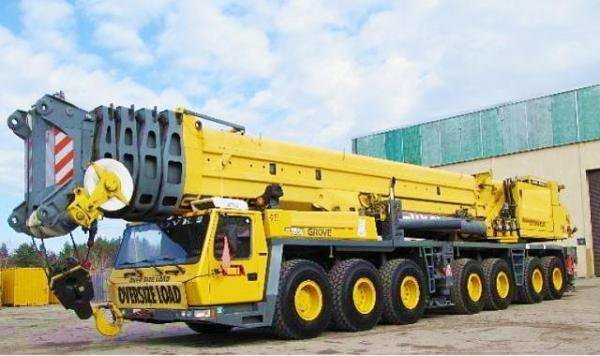
And I'm sure, if need be, Oshkosh, John Deere, or even Caterpillar would be up to the task.
Last edited:
- Joined
- 9 October 2009
- Messages
- 21,969
- Reaction score
- 13,615
I seem to recall that Topol-M only nominally entered service in 2000 and didn't really begin to enter service until 2006, despite three regiments having been stood up to operate the silo based version in the intervening period? (I think the mobile version also finally began to enter service in 2006.) Some pre-production examples were also reportedly operated on a test basis by a couple of existing missile regiments in the late '90s, though that was widely believed to be pretty much a bluff (along with badly needed PR for domestic purposes), due to the design not being perfected until the early 2000s.Topol-M went from drawing board to initial deployment before Putin came in, and much of the development work for the systems tested and mass produced on his watch necessarily happened before 2000, too.
- Joined
- 21 May 2006
- Messages
- 3,002
- Reaction score
- 2,278
Nice! Paint it green and you have a deal!No need:It's somewhat of a pity that the U.S. doesn't truly live by its mantra of 'free markets'...could you imagine the effective TEL designed and built by the Russian GAZ corporationTransportable?
Regards
Pioneer
View attachment 658529
And I'm sure, if need be, Oshkosh, John Deere, or even Caterpillar would be up to the task.
Regards
Pioneer
aonestudio
I really should change my personal text
- Joined
- 11 March 2018
- Messages
- 2,964
- Reaction score
- 7,493
- Joined
- 9 October 2009
- Messages
- 21,969
- Reaction score
- 13,615

House appropriators fund Hawaii missile defense radar, but cut dollars for Guam
The House Appropriations Committee is cutting a chunk out of the Missile Defense Agency's funding to set up a more robust missile defense architecture to defend Guam.www.defensenews.com
- Joined
- 9 October 2009
- Messages
- 21,969
- Reaction score
- 13,615

Lawmakers demand clearer picture for Guam missile defense plans
Lawmakers are demanding the Missile Defense Agency produce a detailed plan for a missile defense capability for Guam that can defeat future threats.
- Joined
- 9 October 2009
- Messages
- 21,969
- Reaction score
- 13,615

How will the Pentagon close the homeland missile defense gap?
Congress has renewed its push for answers on the Pentagon's murky plans to develop a layered ballistic missile defense for the continental United States.
- Joined
- 9 October 2009
- Messages
- 21,969
- Reaction score
- 13,615

Northrop Grumman, Ball Aerospace clear milestone for missile warning payload
The payload will fly on one of the first geostationary Next Generation Overhead Persistent Infrared satellites.www.c4isrnet.com
- Joined
- 21 January 2015
- Messages
- 12,147
- Reaction score
- 16,347
View: https://twitter.com/SLDelta30/status/1437158183865225221
Northrop Grumman Supports Successful Flight Test for the Missile Defense Agency
News Releases
VANDENBERG, Calif. – Sept. 13, 2021 – Northrop Grumman Corporation (NYSE: NOC), under contract to Boeing, successfully completed a critical non-intercept flight test (BTV-03) of the Ground-Based Interceptor (GBI) for the U.S. Missile Defense Agency (MDA). The flight test successfully demonstrated company-developed software that enables upgraded booster capability and enhances America’s homeland defense.
“This flight test demonstrated a Northrop Grumman-designed upgrade that enables a new capability for the Ground-based Midcourse Defense (GMD) system,” said Scott Lehr, vice president and general manager, launch and missile systems defense, Northrop Grumman. “GMD is our nation’s only standing defense against rogue state long-range ballistic missiles, which is why we are committed to ensuring our country is always one step ahead of our adversaries.”
The GMD program is an element of the MDA’s Ballistic Missile Defense System. Its mission is to protect the United States by destroying intermediate- and long-range incoming ballistic missile threats in space. Northrop Grumman serves as a strategic partner to Boeing for the GMD program, providing the interceptor boost vehicle as well as the development, integration, operations and sustainment of the ground systems.
Northrop Grumman has provided critical elements of the GMD program for more than two decades. The company is also the leading provider of target vehicles to MDA, allowing U.S. missile defense systems to be operationally tested – validating their effectiveness in protecting our country, warfighters and allies.
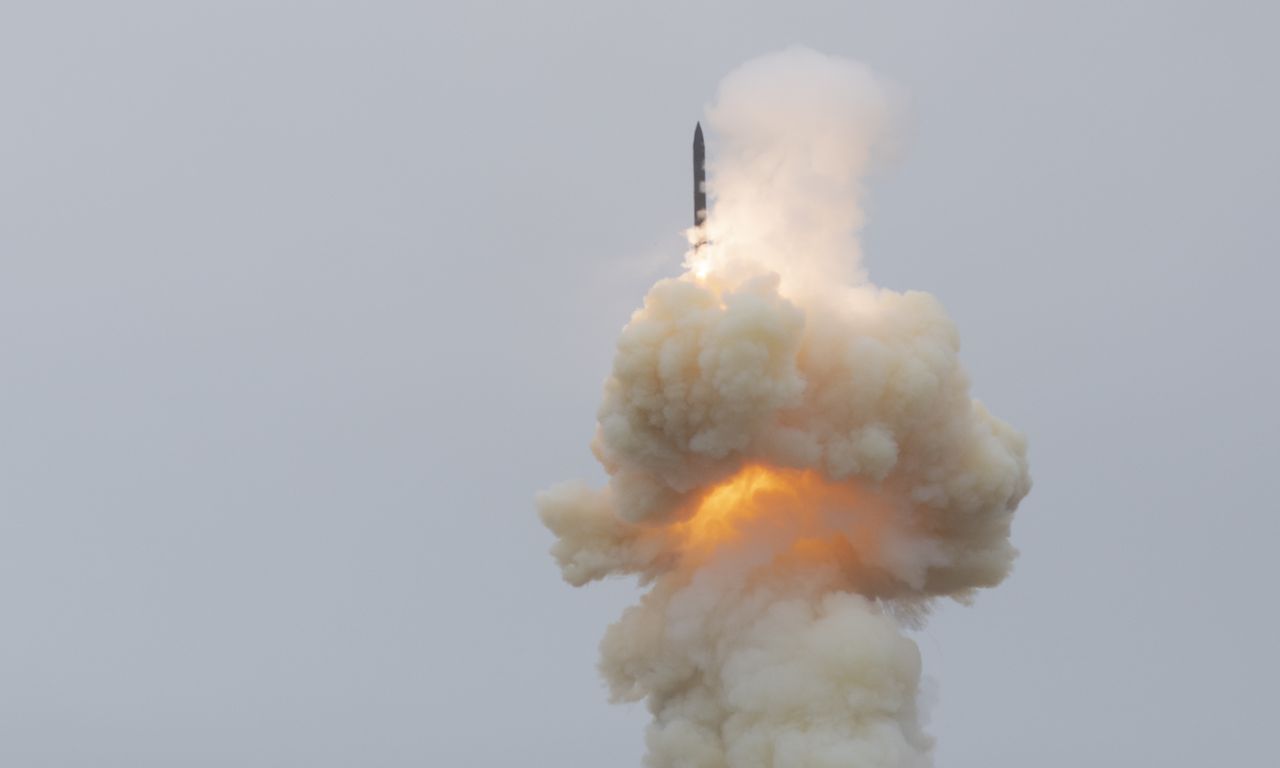
 news.northropgrumman.com
news.northropgrumman.com
Northrop Grumman Supports Successful Flight Test for the Missile Defense Agency
News Releases
VANDENBERG, Calif. – Sept. 13, 2021 – Northrop Grumman Corporation (NYSE: NOC), under contract to Boeing, successfully completed a critical non-intercept flight test (BTV-03) of the Ground-Based Interceptor (GBI) for the U.S. Missile Defense Agency (MDA). The flight test successfully demonstrated company-developed software that enables upgraded booster capability and enhances America’s homeland defense.
“This flight test demonstrated a Northrop Grumman-designed upgrade that enables a new capability for the Ground-based Midcourse Defense (GMD) system,” said Scott Lehr, vice president and general manager, launch and missile systems defense, Northrop Grumman. “GMD is our nation’s only standing defense against rogue state long-range ballistic missiles, which is why we are committed to ensuring our country is always one step ahead of our adversaries.”
The GMD program is an element of the MDA’s Ballistic Missile Defense System. Its mission is to protect the United States by destroying intermediate- and long-range incoming ballistic missile threats in space. Northrop Grumman serves as a strategic partner to Boeing for the GMD program, providing the interceptor boost vehicle as well as the development, integration, operations and sustainment of the ground systems.
Northrop Grumman has provided critical elements of the GMD program for more than two decades. The company is also the leading provider of target vehicles to MDA, allowing U.S. missile defense systems to be operationally tested – validating their effectiveness in protecting our country, warfighters and allies.

Northrop Grumman Supports Successful Flight Test for the Missile Defense Agency
VANDENBERG, Calif. – Sept. 13, 2021 – Northrop Grumman Corporation (NYSE: NOC), under contract to Boeing, successfully completed a critical non-intercept flight test (BTV-03) of the Ground-Based Interceptor (GBI) for the U.S. Missile Defense Agency...
aonestudio
I really should change my personal text
- Joined
- 11 March 2018
- Messages
- 2,964
- Reaction score
- 7,493
bring_it_on
I really should change my personal text
- Joined
- 4 July 2013
- Messages
- 3,668
- Reaction score
- 3,824
aonestudio
I really should change my personal text
- Joined
- 11 March 2018
- Messages
- 2,964
- Reaction score
- 7,493
Long-Range Discrimination Radar Reshapes Adversaries' Calculus for Attacks Against U.S. Ho
The Missile Defense Agency, U.S. Northern Command and the Space Force marked the completion of construction on the long-range discrimination radar site at Clear Space Force Station, Alaska, during a
www.defense.gov
- Joined
- 9 October 2009
- Messages
- 21,969
- Reaction score
- 13,615

Congress wants Hawaiian missile defense radar up and running by end of 2028
The FY22 National Defense Authorization Act support a homeland missile defense radar in Hawaii and the establishment of a robust missile defense architecture in Guam.
No mention of the Redesigned Kill Vehicle (RKV), the update of the EKV, cancelled Aug 2019 due to “due to the failure of certain critical components to meet technical requirements as specified in the development contract”
https://www.defensenews.com/pentago...cle-program-for-homeland-defense-interceptor/
https://www.defensenews.com/pentago...cle-program-for-homeland-defense-interceptor/
Seeing how well earlier versions hovered over that net-did JPL use some of that tech for skycrane? Old Space does precision well-as Webb's bullseye proved. Armadillo's hover attempts were laughable-but these interceptors looked rock steady in tests years ago.
Forest Green
ACCESS: Above Top Secret
- Joined
- 11 June 2019
- Messages
- 9,508
- Reaction score
- 17,401
aonestudio
I really should change my personal text
- Joined
- 11 March 2018
- Messages
- 2,964
- Reaction score
- 7,493

Northrop Grumman Begins Fabrication of Key NGI Components
MAGNA, Utah – June 16, 2022 – (PHOTO RELEASE) Northrop Grumman Corporation’s (NYSE: NOC) Next Generation Interceptor (NGI) team recently began fabrication of integral throat entrances for the NGI solid rocket motors. This key milestone marks the...
Forest Green
ACCESS: Above Top Secret
- Joined
- 11 June 2019
- Messages
- 9,508
- Reaction score
- 17,401
Is this going to be HGV-capable?
Northrop Grumman Begins Fabrication of Key NGI Components
MAGNA, Utah – June 16, 2022 – (PHOTO RELEASE) Northrop Grumman Corporation’s (NYSE: NOC) Next Generation Interceptor (NGI) team recently began fabrication of integral throat entrances for the NGI solid rocket motors. This key milestone marks the...news.northropgrumman.com
aonestudio
I really should change my personal text
- Joined
- 11 March 2018
- Messages
- 2,964
- Reaction score
- 7,493

Lockheed Martin’s Next Generation Interceptor Achieves Communications Testing Milestone, Proves Ability to Operate in Harsh Environments
HUNTSVILLE, Ala., Aug. 8, 2022 – Lockheed Martin recently validated prototype communications radio technology for the Next Generation Interceptor (NGI) during a recent test milestone. The...
aonestudio
I really should change my personal text
- Joined
- 11 March 2018
- Messages
- 2,964
- Reaction score
- 7,493
Forest Green
ACCESS: Above Top Secret
- Joined
- 11 June 2019
- Messages
- 9,508
- Reaction score
- 17,401
- Joined
- 3 June 2011
- Messages
- 18,335
- Reaction score
- 12,232
If only we'd started the MKV effort earlier.
Forest Green
ACCESS: Above Top Secret
- Joined
- 11 June 2019
- Messages
- 9,508
- Reaction score
- 17,401
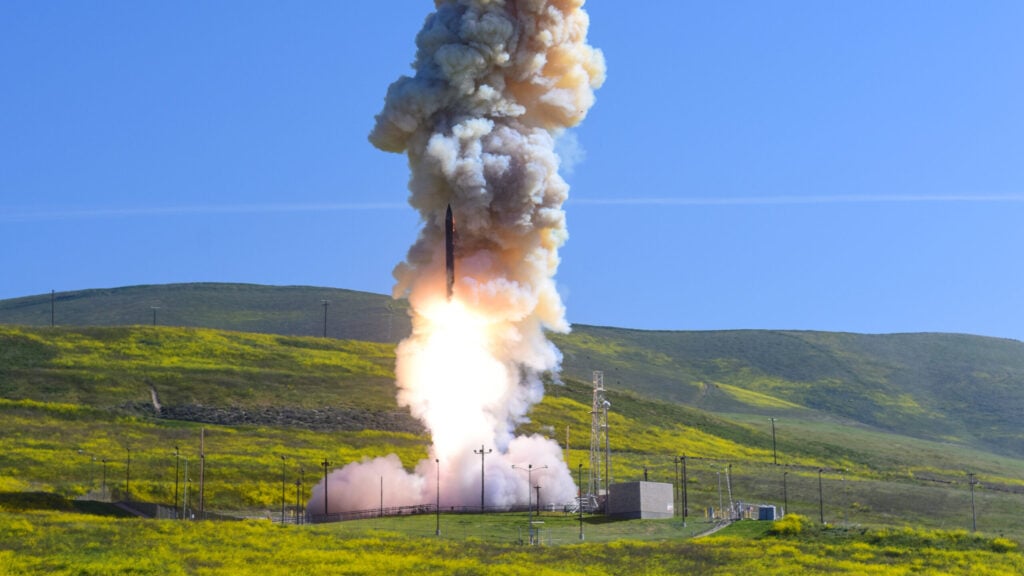
Boeing wins $5 billion contract for ballistic missile defense integration - Breaking Defense
Boeing will continue to have a hand in MDA's Ground-based Midcourse Defense program.
aonestudio
I really should change my personal text
- Joined
- 11 March 2018
- Messages
- 2,964
- Reaction score
- 7,493
- Joined
- 9 October 2009
- Messages
- 21,969
- Reaction score
- 13,615
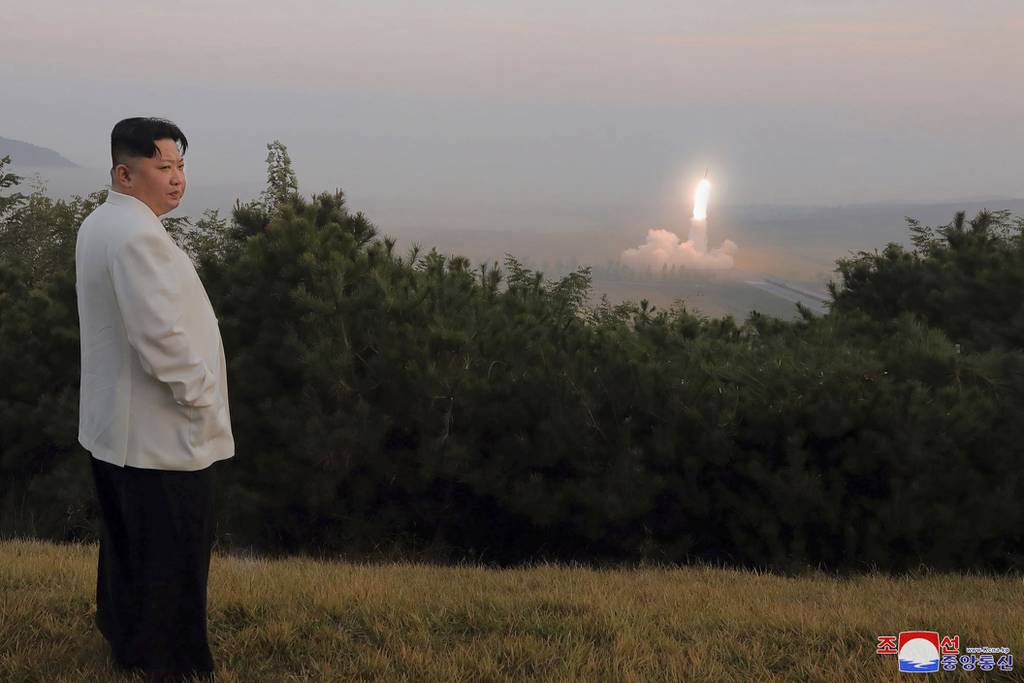
Pentagon’s missile defense review lacks execution plan, analysts say
The MDR is out, but the short document lacks clarity on how the U.S. will achieve a more capable missile defense architecture, according to issue experts.
- Joined
- 21 April 2009
- Messages
- 13,755
- Reaction score
- 7,691
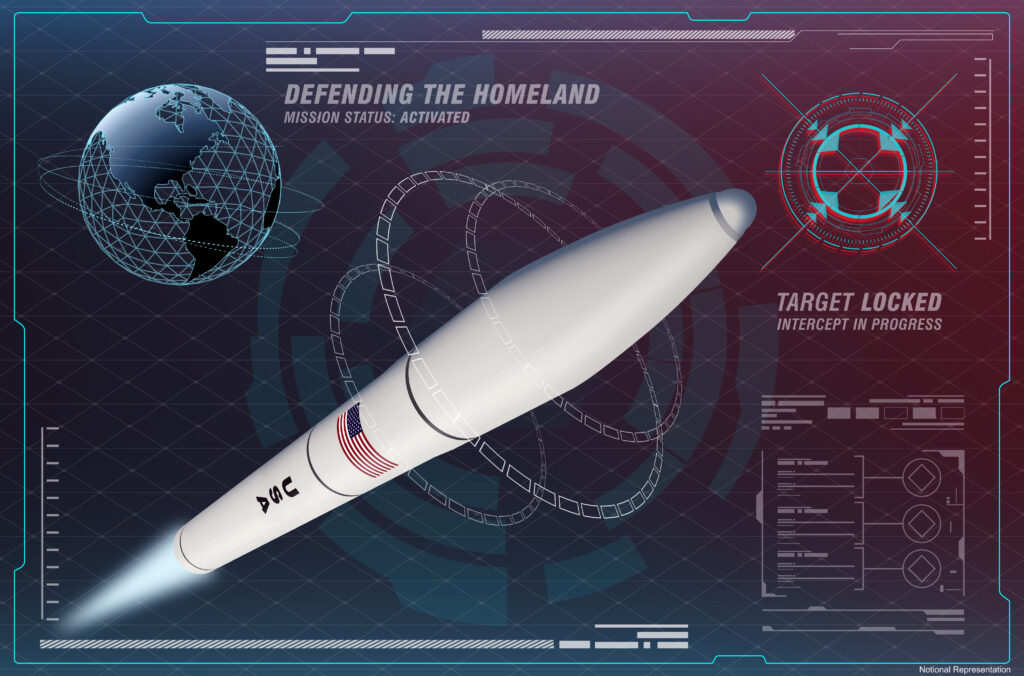
Moving left on Next Generation Interceptor development to better defend the homeland - Breaking Defense
Given its mission and criticality, execution speed will enable MDA to make a down-select and award a production contract so NGI can be fielded before it’s needed.
Forest Green
ACCESS: Above Top Secret
- Joined
- 11 June 2019
- Messages
- 9,508
- Reaction score
- 17,401
What they need is a MHTK missile and a Glide Phase Interceptor. Unless they can make a MHTK system that does both.
THAAD
THAAD-ER
SM-3 IIA
Mobile GBI (Like KEI)
GPI
MHTK
THAAD
THAAD-ER
SM-3 IIA
Mobile GBI (Like KEI)
GPI
MHTK
Last edited:
Similar threads
-
-
-
-
United Launch Alliance (ULA) Vulcan Next Generation Launch System (NGLS)
- Started by bobbymike
- Replies: 663
-
